When it comes to water safety, we can’t emphasize enough the importance of having a life jacket at hand. It’s our best friend in case of an emergency and has saved countless lives over the years.
However, many people often overlook how crucial proper storage is for maintaining these essential pieces of equipment. In this article, we’ll discuss some key tips on storing your life jackets correctly so that they’re ready to serve their purpose when you need them most.
We all know that accidents don’t wait for us to be prepared, so let’s not give them any more chances than necessary by neglecting our gear. By following simple guidelines and taking the time to store your life jackets properly, you’re ensuring their effectiveness and longevity – after all, who wants to find out that their lifejacket isn’t working right when it’s needed the most?
Let’s dive into these practical tips together and make sure we’re doing everything possible to keep ourselves and our loved ones safe while enjoying aquatic activities.
Cleaning And Inspecting Before Storage
Ensuring that your life jackets remain in optimal condition involves a bit of tender loving care before putting them away for storage. To begin, it’s important to give each life jacket a thorough cleaning and inspection to guarantee their effectiveness in times of need.
Begin by gently removing any dirt or debris with mild soap and warm water, taking care not to use harsh chemicals which may compromise the integrity of the material.
After rinsing, allow them to air-dry completely out of direct sunlight as excessive heat exposure can weaken the fabric over time.
Once dry, carefully examine each life jacket for signs of wear and tear such as frayed straps, broken buckles, or compromised buoyancy materials.
Should you find any issues needing attention. Ask for advise at your local marine store. or replacement is a good choice, it is crucial to address these immediately to ensure maximum safety during future usage.
Choosing The Ideal Storage Location
When it comes to storing your life jackets, selecting the right location is crucial for maintaining their integrity and ensuring they are ready for use when needed.
The ideal storage spot should be cool, dry, well-ventilated, and away from direct sunlight or heat sources that could potentially damage the materials. Consider these key factors when choosing a suitable storage area:
- Accessibility: Ensure the life jackets can be quickly and easily accessed in case of an emergency. It is a good idea to label your own life jacket.
- Temperature control: Avoid extreme temperature fluctuations as this may cause degradation of buoyancy materials over time.
- Protection from elements: Keep them away from harsh environmental conditions such as dampness, mildew, or excessive dust.
By keeping these considerations in mind while determining where to store your life jackets, you’ll effectively prolong their lifespan and maintain optimal performance.
Remember that proper storage not only maximizes your investment but also plays a critical role in ensuring safety during water-based activities. It’s worth taking the time to find an appropriate storage solution that meets all necessary requirements.
Proper Folding And Securing Techniques
When it comes to life jackets, a stitch in time saves nine. Proper folding and securing techniques not only ensure the longevity of your life jackets but also guarantee their effectiveness when you need them most. In this section, we will discuss various methods for correctly folding and storing life jackets so that they remain in optimal condition.
A well-organized storage system can make all the difference between a cluttered mess and an easily accessible set of life jackets. The table below highlights three popular folding techniques, along with their pros and cons, to help you choose the best method for your needs:
| Folding Technique | Pros | Cons |
| Flat Fold | Easy access; minimal creases | Requires more storage space |
| Rolling | Saves space; easy transport | Can cause creases or wrinkles |
| Hanging | Prevents creases; allows air circulation | Needs ample hanging space |
Whichever technique you decide on, always ensure that each life jacket is completely dry before storing it away. This prevents mildew growth and helps maintain buoyancy over time. Additionally, store your life jackets in a cool, dry place away from direct sunlight to avoid damage caused by UV rays. Routinely inspecting your stored life vests for any signs of wear or tear ensures consistent performance during emergencies and keeps accidents at bay.
Regular Maintenance And Replacement
Now that we’ve covered the proper folding and securing techniques for life jackets, it’s crucial to discuss how to store them correctly. Proper storage ensures the longevity of your life jackets and guarantees their effectiveness when needed in an emergency situation.
To help maintain the condition of your life jackets, follow these essential storage tips:
- Always make sure they are completely dry before storing them away. This prevents the growth of mold or mildew.
- Keep them in a cool, dry place with good ventilation. Storing life jackets in damp or humid conditions can cause damage over time.
- Avoid direct sunlight exposure for extended periods, as UV rays can weaken the material and compromise its buoyancy properties.
- Store life jackets flat or hanging on a wide hanger to prevent creasing or deformation of the foam inserts.
In addition to following these guidelines, remember that regular maintenance and timely replacement play a significant role in ensuring your safety equipment remains effective.
What Are the Important Factors to Consider When Storing Life Jackets for Pets?
When storing life jackets for pets, there are a few important factors to consider. First, ensure the jackets are clean and dry before storing them in a cool, dry place. Secondly, check for any signs of wear or tear, and replace if necessary. Lastly, make sure the jackets are easily accessible in case of an emergency. These life jacket tips for pets can help ensure their safety on water adventures.
Frequently Asked Questions
Can Life Jackets Be Stored In A Car Trunk Or Other Enclosed Spaces For Extended Periods?
Life jackets can be stored in a car trunk or other enclosed spaces for short periods, but it’s not recommended to keep them there for extended durations.
Prolonged exposure to heat, humidity, and lack of air circulation can cause the materials to degrade over time, reducing their effectiveness and potentially compromising safety during use.
It is best to store life jackets in a cool, dry place where they are allowed adequate airflow. Make sure they are clean and completely dry before storing them away, as moisture can also lead to mildew growth that may damage the flotation material within the jacket.
How Do I Know If My Life Jacket Is Still Safe To Use After Being Stored For A Long Time?
Don’t judge a book by its cover – the same goes for life jackets that have been stored away for an extended period.
To ensure your life jacket is still safe to use, you should first examine its material for signs of wear and tear, such as fraying or fading webbing straps or buckles, deterioration in foam buoyancy materials, or any visible damage to zippers and fasteners.
Additionally, it’s vital to perform a pressure test: fully inflate the life jacket using the oral tube valve, leave for 12 hours. If the lifejacket stays Inflated you can be assured it’s ok to use. If it’s partially inflated after 12 hour, you have an issue with the bladder. Don’t try to repair. Take your lifejacket to marine store for further checks. Or consider replacing the jacket with a new one.
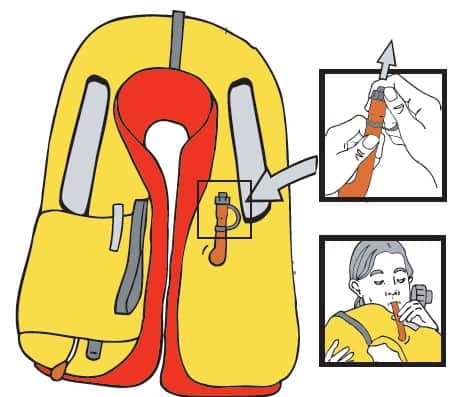
Remember that regular inspection and maintenance are crucial when dealing with safety equipment like life jackets – always prioritize your well-being on the water!
Are There Any Specific Temperature Or Humidity Conditions That Can Affect The Integrity Of Life Jackets During Storage?
When storing life jackets, it’s crucial to consider temperature and humidity conditions, as they can impact the integrity of these essential safety devices.
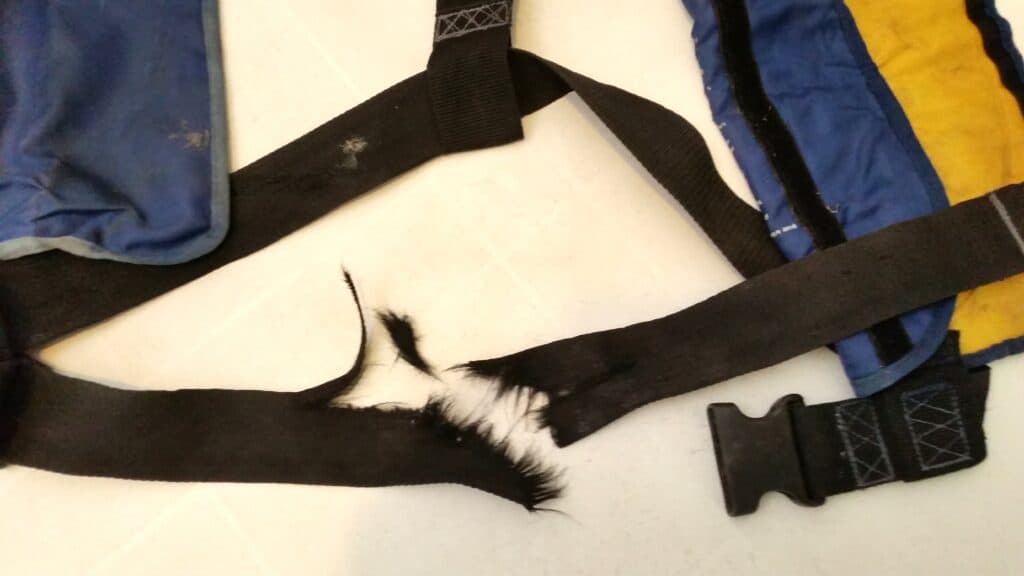
Ideally, you should store your life jackets in a cool, dry place away from direct sunlight or extreme temperatures. Exposure to high heat may cause materials like foam and fabric to degrade over time, which can compromise buoyancy and overall effectiveness.

Additionally, excessive humidity might lead to mold or mildew growth on the jacket’s surface, further weakening its structure and posing potential health risks.
Proper storage not only prolongs the life of your jacket but also ensures that it remains reliable when needed for personal flotation during water-based activities.
How Can I Prevent Mold And Mildew Growth On Life Jackets While They Are Stored?
Storing your life jackets properly is as crucial as keeping cherished memories safe from the ravages of time.
To prevent mold and mildew growth on life jackets during storage, ensure they are thoroughly cleaned and completely dry before putting them away.
Choose a well-ventilated area with low humidity levels for storage, avoiding damp or confined spaces like basements or garages.
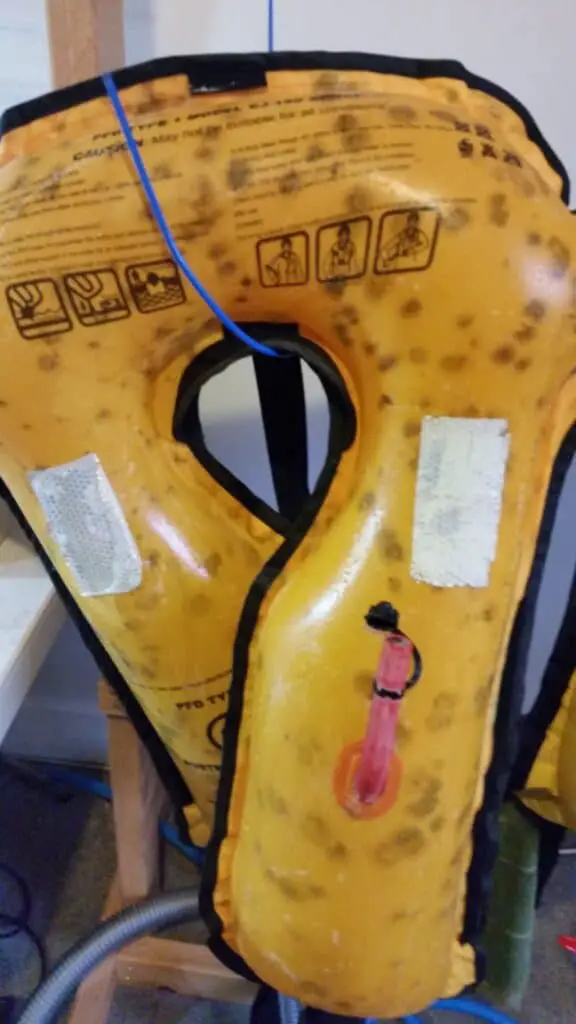
You can also use moisture-absorbing products such as silica gel packets or desiccant dehumidifiers to help maintain optimal conditions inside the storage space.
Regularly inspect your life jackets for signs of mold or mildew and address any issues promptly to preserve their integrity and functionality, ensuring they are ready to protect you when needed most.
Is It Necessary To Store Different Types Of Life Jackets In Different Ways?
While different types of life jackets, such as foam-filled and inflatable ones, may have varying materials and construction, it is generally not necessary to store them in separate ways or locations.
However, the key aspect for all life jacket storage is ensuring that they are clean, dry, and properly maintained before being placed in a cool, well-ventilated area away from direct sunlight and chemicals.
By doing so, you’ll prevent mold and mildew growth regardless of the type of life jacket being stored.
Always follow the manufacturer’s guidelines for specific care instructions to prolong their lifespan and ensure their effectiveness when needed.

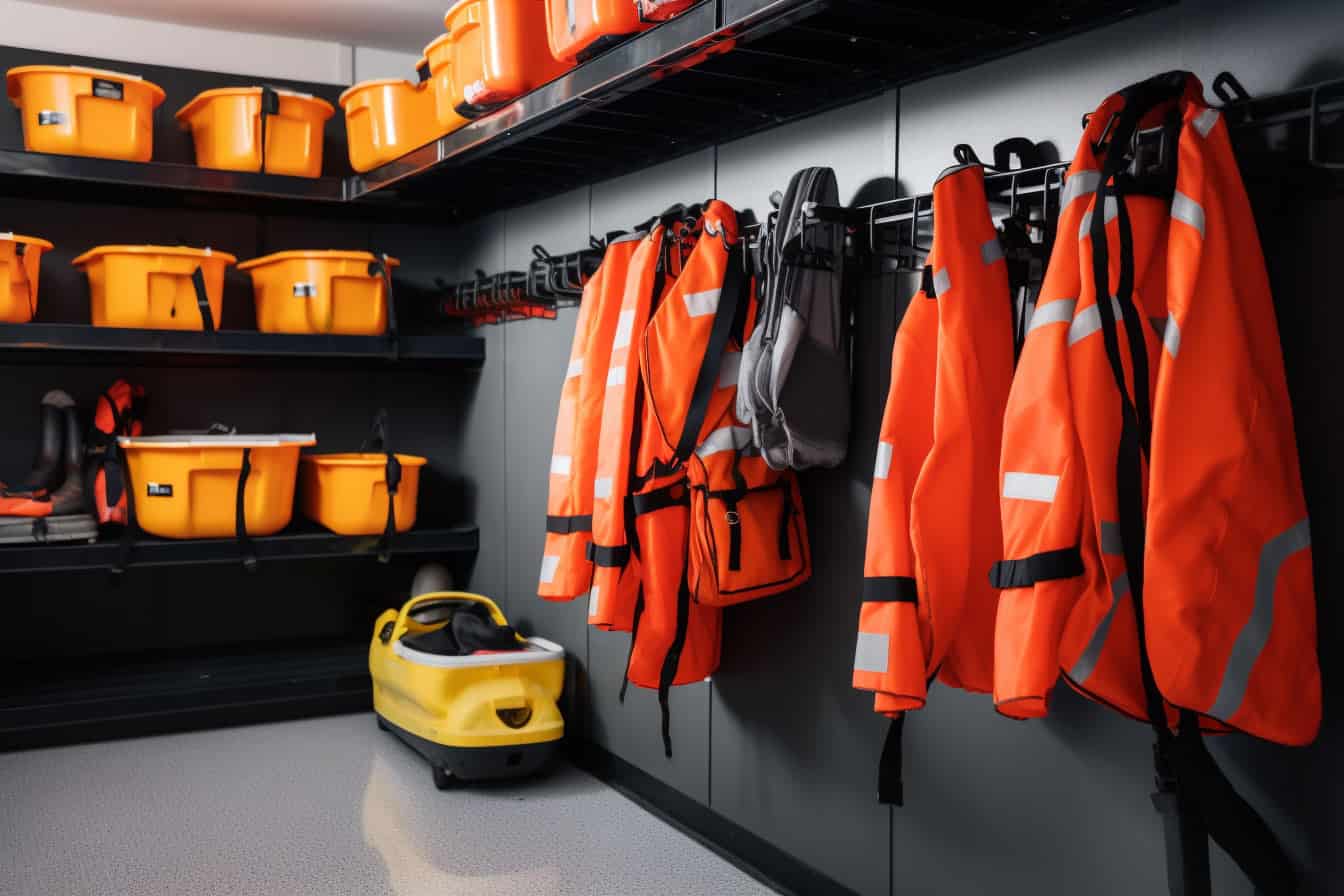


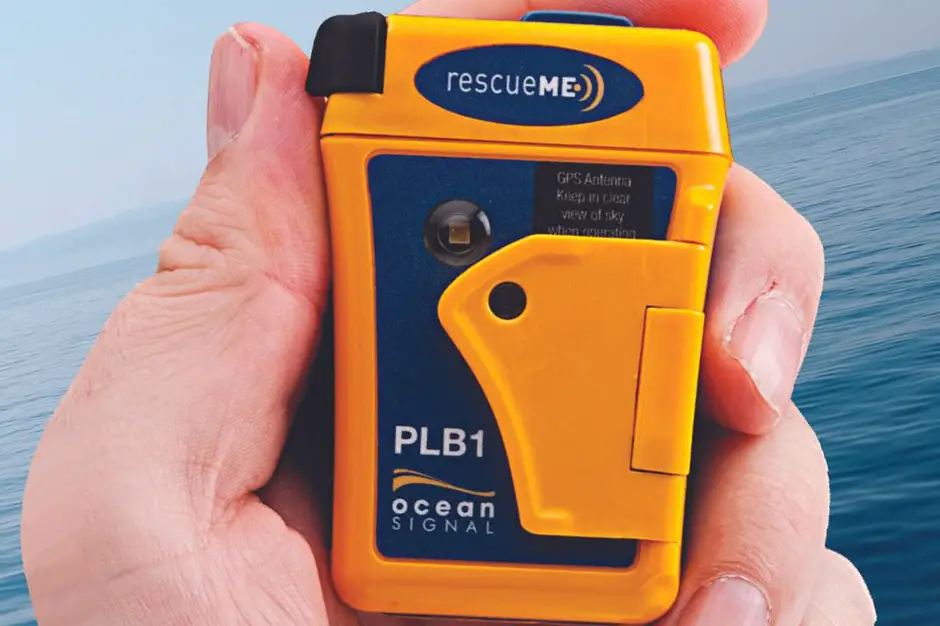

Leave a Reply